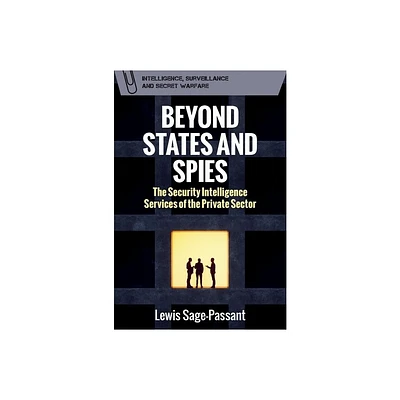Home
Spying Without Spies: Origins of America's Secret Nuclear Surveillance System
Loading Inventory...
Barnes and Noble
Spying Without Spies: Origins of America's Secret Nuclear Surveillance System
Current price: $114.00


Barnes and Noble
Spying Without Spies: Origins of America's Secret Nuclear Surveillance System
Current price: $114.00
Loading Inventory...
Size: Hardcover
*Product Information may vary - to confirm product availability, pricing, and additional information please contact Barnes and Noble
This is the first description of the formation of America's nulcear surveillance system. Drawing on interviews with participants and the little documentation available under the Freedom of Information Act, Ziegler and Jacobson tell a story not told before. They shed new light on questions raised in earlier interpretations of the early Cold War years and reveal the origins of a surveillance activity that is implied, but not explained, in today's headlines.
This book provides the first documented description of the genesis and institutionalization of America's nuclear surveillance system. It traces the development of covert technical methods for assessing the nuclear capability of foreign powers from the introduction of these techniques in World War II to 1949, when they were successfully employed to detect the test of Russia's first atomic bomb. Ziegler and Jacobson examine the planning for the system as well as the technical and organizational obstacles that had to be overcome before it could be implemented. They describe the government decision-making processes and the ways individuals and groups with different beliefs and interests were mobilized in support of the program. They also explore the relationships between the intelligence and scientific communities that were forged in this process.
This book provides the first documented description of the genesis and institutionalization of America's nuclear surveillance system. It traces the development of covert technical methods for assessing the nuclear capability of foreign powers from the introduction of these techniques in World War II to 1949, when they were successfully employed to detect the test of Russia's first atomic bomb. Ziegler and Jacobson examine the planning for the system as well as the technical and organizational obstacles that had to be overcome before it could be implemented. They describe the government decision-making processes and the ways individuals and groups with different beliefs and interests were mobilized in support of the program. They also explore the relationships between the intelligence and scientific communities that were forged in this process.


















